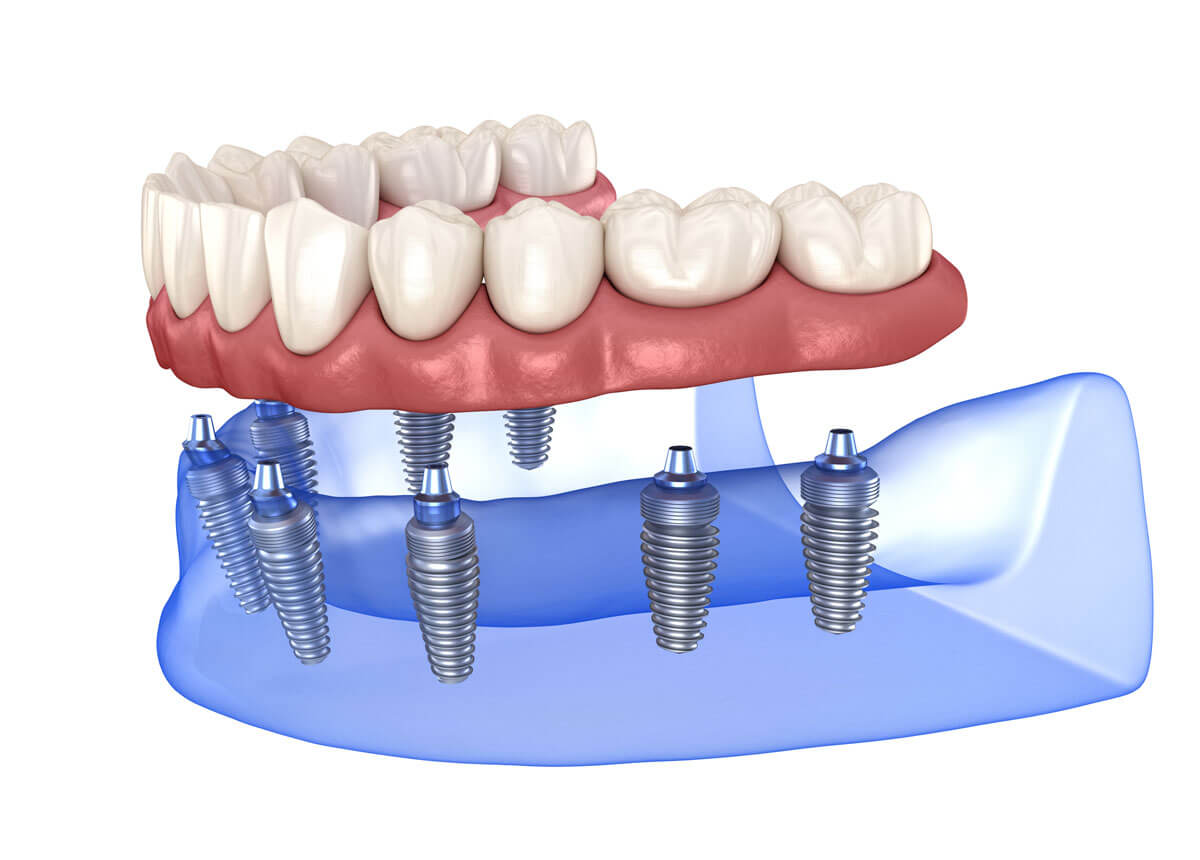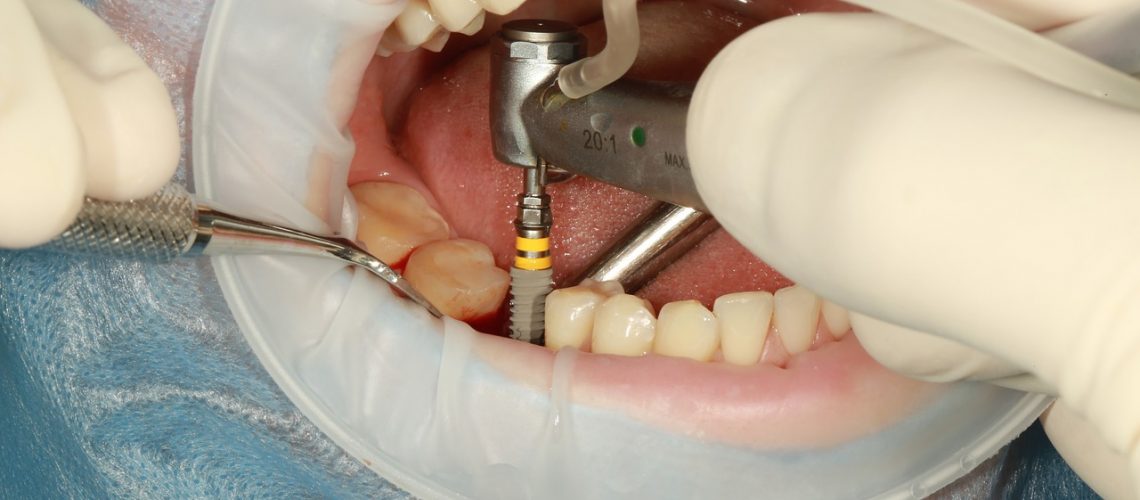The Main Principles Of Dental Sense
The Main Principles Of Dental Sense
Blog Article
The Of Dental Sense
Table of ContentsThe smart Trick of Dental Sense That Nobody is Talking AboutThe Single Strategy To Use For Dental SenseDental Sense Fundamentals ExplainedThe Definitive Guide for Dental Sense
are medical gadgets surgically implanted right into the jaw to recover an individual's capacity to eat or their look. They provide support for synthetic (fake) teeth, such as crowns, bridges, or dentures. When a tooth is lost because of injury or disease, an individual can experience issues such as fast bone loss, defective speech, or adjustments to eating patterns that lead to discomfort.Oral implant systems consist of an oral implant body and dental implant joint and may also consist of an abutment addiction screw. Dental veneers cost. The oral implant body is operatively put in the jawbone instead of the tooth's root. The dental implant joint is typically connected to the dental implant body by the abutment addiction screw and extends via periodontals right into the mouth to support the affixed fabricated teeth
(https://dentalsense1.carrd.co/)Structure of The Dental Implant System picking oral implants, talk with your oral supplier concerning the potential advantages and risks, and whether you are a prospect for the treatment. Points to consider: Your general health is a vital factor in establishing whether you are a great prospect for oral implants, for how long it will certainly take to heal, and exactly how long the implant may remain in place.
Smoking cigarettes may affect the recovery process and lower the lasting success of the implant. The recovery process for the dental implant body might take several months or longer, during which time you commonly have a temporary joint in location of the tooth. the oral implant procedure: Carefully follow the dental hygiene directions provided to you by your oral service provider.
Dental Sense Can Be Fun For Everyone
Implant failing can cause the requirement for an additional surgery to deal with or change the implant system. Recovers the capability to chew Recovers aesthetic appearance Assists maintain the jawbone from reducing because of bone loss Protects the health and wellness of the bordering bone and gums Helps maintain nearby (close-by) teeth steady Boosts lifestyle Damages to surrounding all-natural teeth throughout implant positioning Injury to the surrounding tissues throughout surgery, such as sinus perforation Injury during surgery (as an example, crack of bordering jawbone) Inadequate feature, such as seeming like the teeth do not bite with each other usually A feeling that the tooth is loosened or turning in location arising from an abutment screw loosening up Implant body failing (looseness of the implant body) because of systemic infection, which may be more most likely in clients with unrestrained diabetics issues due to regional infection in bone and gums supporting the implant body because of postponed healing, which might be most likely in people who smoke Trouble cleaning up the periodontals around the dental implant, resulting in poor dental health Untreated periodontal condition Post-surgical tingling due to nerve impingement or damage Always alert healthcare companies and imaging specialists that you have oral implants prior to any type of magnetic resonance imaging (MRI) or x-ray treatments.
FDA is not knowledgeable about any negative occasions reported for MRI or x-ray procedures with dental implants. Oral implants systems are normally constructed from materials that adhere to global consensus requirements of the International Organization for Standardization (ISO) or ASTM International. These standards have details of what makes a safe product.

An oral implant is a framework that replaces a missing tooth. With screw-like gadgets, the surgeon inserts a dental implant into the jawbone, and it serves as an anchor for an artificial tooth, called a crown. A tool called an abutment attaches the artificial tooth to the oral implant. The crown is tailor-made to fit the individual's mouth and match the color of their teeth.
Getting The Dental Sense To Work
Some people are not eligible for oral implant surgery. It is for dental specialists to run on people with: severe illnessuncontrollable metabolic diseasebone or soft cells Get the facts illness or infectionIf these problems are fixed, a person can have the surgical procedure. In, dental cosmetic surgeons avoid running on people with: If people with any of the above undergo oral implant surgical procedure, there is a higher danger of the implant failing.

Oral implant surgery is a personalized procedure. It's not the very same for every person. The complying with offers a general summary of what you can expect your dental expert, dental cosmetic surgeon, periodontist or prosthodontist to do: Put the dental implant surgically. Provide you time to recover. Affix the message and final crown, bridge or denture.
Next, your surgeon will carefully place the oral implant right into your jaw. If your dental implant is near the front of your mouth, your dental expert will make a short-lived tooth for you to wear up until you recover.
The Greatest Guide To Dental Sense
During the recovery phase, your jawbone should fuse to the oral implant. This process can take anywhere from three to 9 months.
As soon as your dental implant heals, your dental professional can attach the joint (tiny port message) and your last restoration (crown, bridge or denture). This generally takes regarding one hour to finish and might need a 2nd small surgical procedure. You should not feel any discomfort during your dental implant procedure because your supplier will use medicine to numb your periodontals.
Report this page